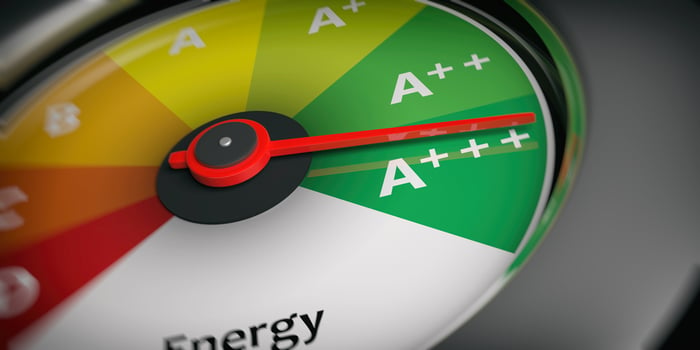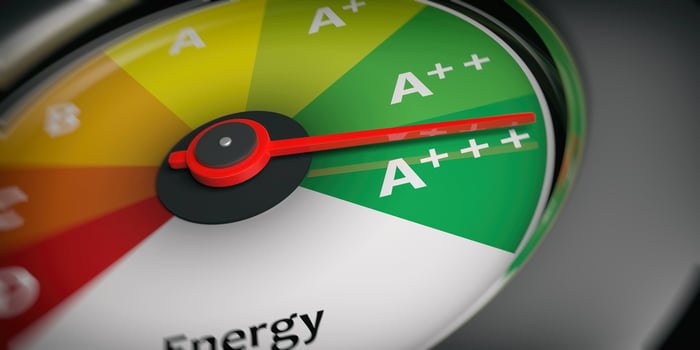A digital twin can be used to improve the performance of a building throughout its lifecycle while reducing ownership costs – construction, operation, maintenance, renovations, etc. Building owners seeking LEED certification can also use digital twins to simulate various projects. options. By comparing multiple scenarios, building owners can maximize the credits earned under the LEED scoring system.
There are several rating systems under LEED certification, each designed for different types of projects:
- BD+C – Building Design and Construction
- ID+C – Interior Design and Construction
- O+M – Operations and Maintenance
- ND – Neighborhood Development
- Houses
- Cities and Communities
Each classification system has a unique distribution of prerequisites and credits, and these also change depending on the occupation classification. However, many LEED performance features can be validated with simulation models to score points. Additionally, when choosing from multiple design options, a digital twin allows for quick comparison of multiple scenarios.
Improve building performance and reduce ownership costs with a digital twin.
LEED certification requires all applicable rating system prerequisites and a combination of credits that achieves at least 40 points. Silver, Gold and Platinum certification levels are awarded for minimum scores of 50, 60 and 80.
Earning LEED Credits with a Digital Twin
The rating systems used in LEED certification have technical requirements, and many of them offer two options:
- Prescriptive requirements
- Performance Levels
Prescriptive requirements have specific instructions, but their design flexibility is very limited. Additionally, a building can become very expensive when trying to achieve LEED certification using this approach alone.
When available, a performance-based approach offers more design flexibility since it is not necessary to use prescriptive features. However, many performance-based LEED credits require construction simulations as proof. The following table provides some examples:
|
LEED area of activity |
Simulation Model Applications |
|
Sustainable Places |
Reducing light pollution |
|
Energy and Atmosphere |
Validation of minimum energy performance and optimization beyond the minimum |
|
Materials and Resources |
Simulation of chemical emissions from furniture and medical equipment |
|
Indoor Environmental Quality |
Levels of air pollutants in ventilation inlets Emissions from construction materials Natural lighting illuminance levels |
These are the performance areas where the LEED rating system directly mentions simulation models. However, a digital twin can be used as a general design tool, and this includes areas of performance where LEED does not mention modeling. In particular, energy efficiency is an area where building owners can score a lot of points toward certification:
- LEED BD+C: Up to 18 points
- LEED ID+C: Up to 25 points
- LEED O+M: Up to 20 points
- LEED homes: up to 29 points
Since the minimum score for LEED certification is 40, a highly efficient building can earn a lot of points for this feature alone. The combination of energy efficiency and improved performance in other areas can help achieve a higher certification (Silver, Gold or Platinum).

Comparing scenarios with a digital twin
Another advantage of digital twins is that they allow the comparison of multiple design options, something that would require a prohibitive amount of time with conventional design methods. For example, a building owner can simulate many HVAC systems and building envelopes to determine which configuration offers the greatest energy efficiency. In the case of a LEED certification, a digital twin can also be used to maximize the credits earned.
Building features that improve performance often achieve synergy, but there are also cases where they are mutually exclusive. When a digital twin is used in design, MEP engineers can discard ineffective features, combining those that maximize performance and earned LEED credits.

